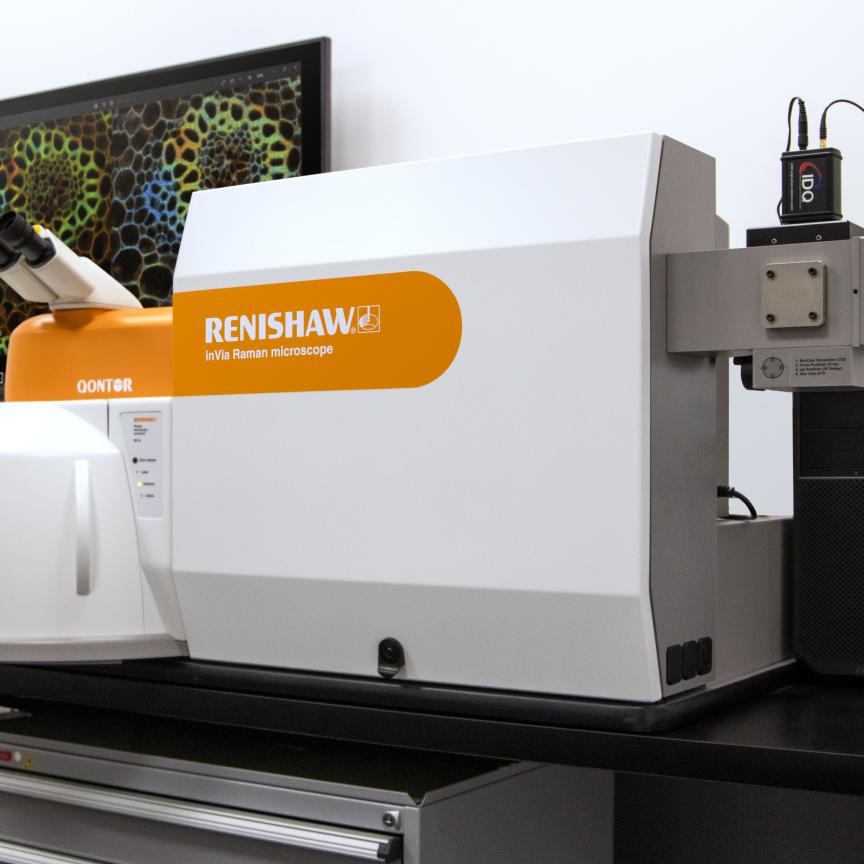‘Photonics - a trillion dollar industry within the next decade.’ This is the prediction of no less a body than the US-based Optoelectronics Industry Development Association. It is therefore no surprise that photonics is on the economic development agenda of all of the G7 nations, a testament to the crucial role it has played so far in the growth of the knowledge economy, and an expression of confidence that it will be a crucial driver in the continuing growth of the knowledge economy.
Many countries are seeking to maximise their knowledge economy assets, particularly the exploitation of knowledge generated in their research institutions. Transferring this knowledge successfully from the research environment to the production line is a complicated process, and requires the commitment of many organisations, including universities, financial institutions, economic development agencies, companies and consultants to name but a few. To make this process work as effectively as possible, the UK has developed a range of Knowledge Transfer Networks centred on business applications or technologies. Currently there are 22 such networks, covering areas from aerospace and defence to sensors, funded by UK Government through the recentlyestablished Technology Strategy Board. Photonics, in its broadest sense, is represented by two KTNs: the Photonics KTN and UK Displays and Lighting.
The purpose of the KTNs is to improve the UK’s level of innovation by increasing the breadth, depth and rate of the knowledge transfer of technology into UK-based businesses.
To realise this purpose the KTNs will have to:
- Achieve improved industrial performance through innovation and new collaborations by driving the flow of people, knowledge and experience between business and the science base, between businesses and across sectors;
- Drive knowledge transfer between the supply and demand sides of technology-enabled markets through a high quality and easy-to-use service;
- Facilitate innovation and knowledge transfer by providing UK businesses with the opportunity to meet and network with individuals and organisations in the UK and internationally; and
- Provide a forum for a coherent business voice to inform government of its technology needs and about issues, such as regulation, which are enhancing or inhibiting innovation in the UK.
The Photonics KTN, formed 12 months ago, comprises a group of managing organisations1 representing regional activities and photonic application areas. Activities so far have included establishing and maintaining the Photonics KTN internet portal, a photonics market seminar, developing photonics roadmaps, creating and maintaining a capability database and liaising with national skills and training bodies.
Alastair Wilson
Technical activities include seminars, workshops and technology transfer activities in key areas such as photonics devices, industrial laser processing, and bio-photonics.
One of the fundamental projects the Photonics KTN will be engaged in over the next 12 months is understanding what capabilities the UK has in photonics, particularly at company level. Over the next few months the Photonics KTN and UK Displays and Lighting will be building up a capability mapping covering product and process capabilities of UK companies and making this available on our respective websites so that organisations seeking collaborations can easily locate where the appropriate expertise lies.
An important vehicle in transferring knowledge from the science base into the economy is through start-up companies. A study of innovation2 at the Massachusetts Institute of Technology (MIT) showed that more than half of all MIT-related companies were formed within 15 years of the founder graduating from MIT; one company in six is founded within five years of graduation. A small proportion of the technical talent emerging from UK universities in photonics will have the ambition and abilities to start and grow companies in photonics – the trick is identifying such individuals and investing in them. The Photonics KTN is keen to work with the investment industry, economic development agencies and government to find ways by which this entrepreneurial talent can be encouraged and nurtured with the objective of creating new photonic companies.
The Photonics KTNs are also involved in collaborative research programmes, both at a UK and European level, and have participated in the dissemination of the calls and facilitating the process of building collaborative partnerships. The Photonics KTNs are also committed to playing a substantive role in the European Technology platform Photonics21. The creation of the KTNs in photonics and the existence of similar networks such as Optonet in Germany, EPIC3 and ENOC4 will enable Europe to be a competitive force in world photonics. The Photonics KTN shares many of the aspirations of Photonics21, such as:
- The European photonics industry needs to join forces under a strong European umbrella;
- Increased public and private investment in photonics is required in order to compete with the photonics industries in the economic regions of North America and Asia; and
- The present gap between photonics science and industry in Europe needs to be narrowed through better collaborative research and public funding.
In order for all of these activities to be effective and contribute to the growth of UK photonics, it is important that the UK photonics community is actively involved in the Photonics KTN. Membership simply requires registration on the Photonics KTN website: http://www.photonicsktn.org/ and is free. Please take the time to register and get involved in this exciting period for UK photonics.
1. United Kingdom Consortium for Photonics and Optics (UKCPO), Association of Industrial Laser Users (AILU), Centre for Integrated Photonics(CIP), Photonics Cluster (UK), The UK Astronomy Technology Centre (UKATC), TWI Ltd and the University College London Technology Management Group.
2. 2MIT: The Impact Of Innovation, March 1997.
3. European Photonics Industry Consortium
4. European Network of Optical Clusters

